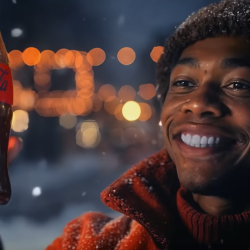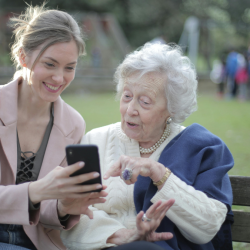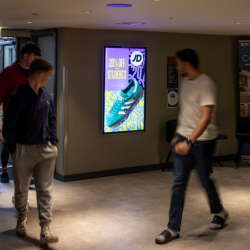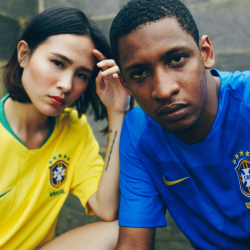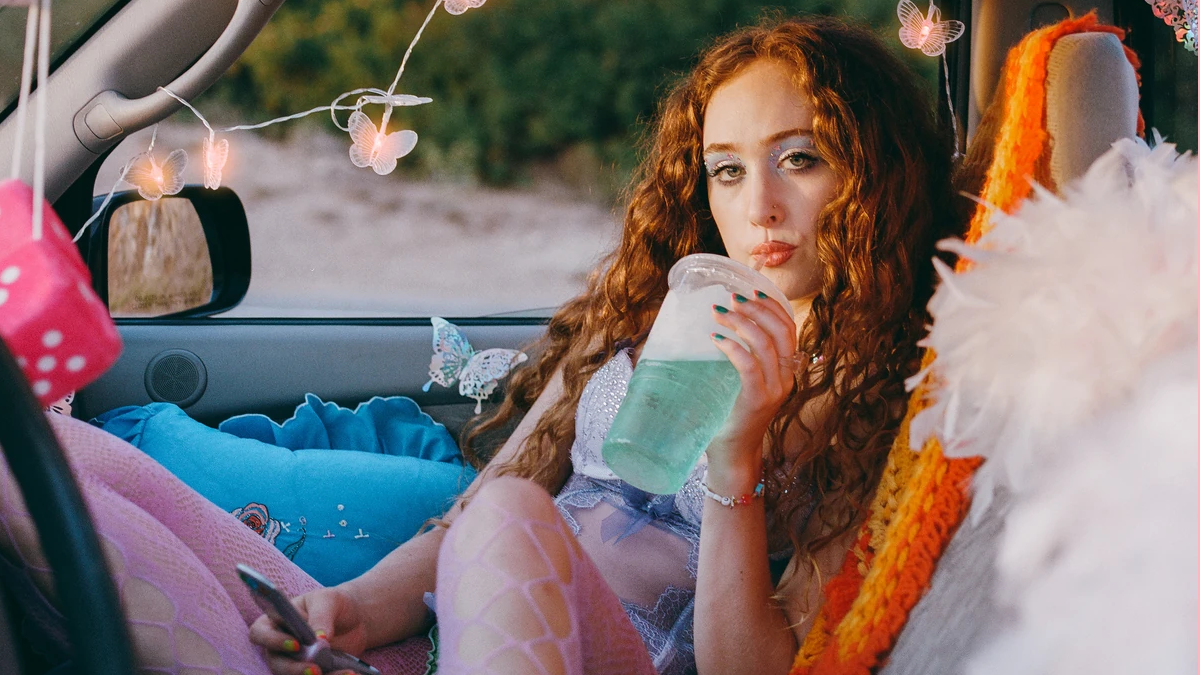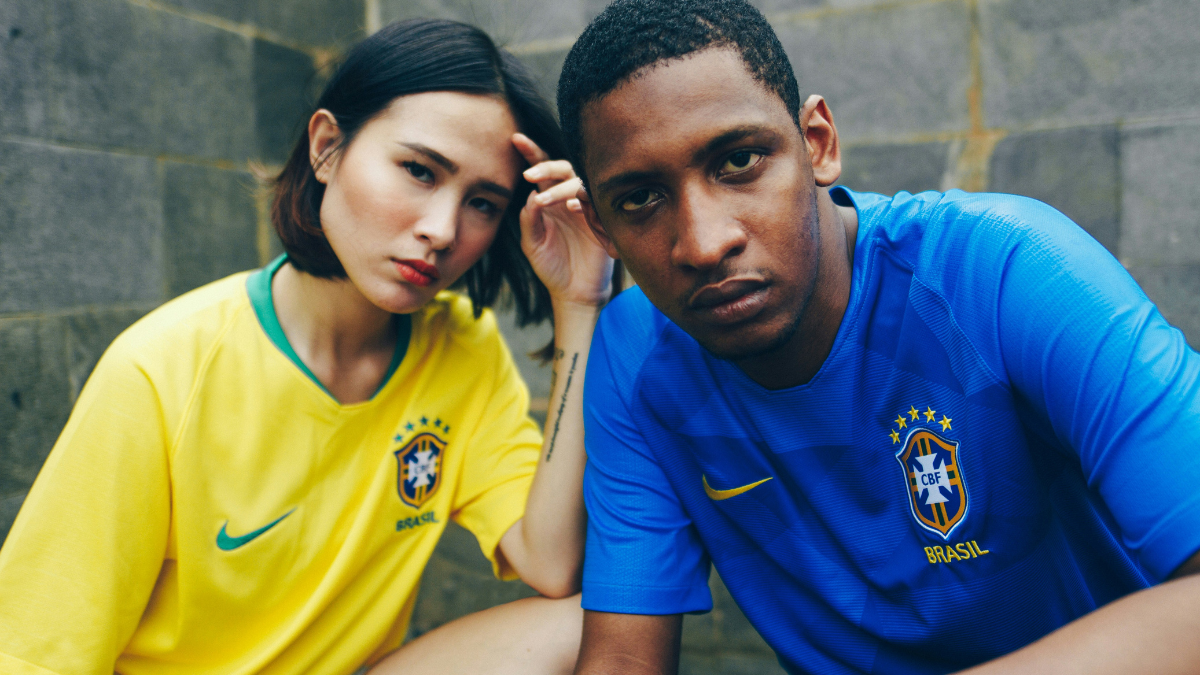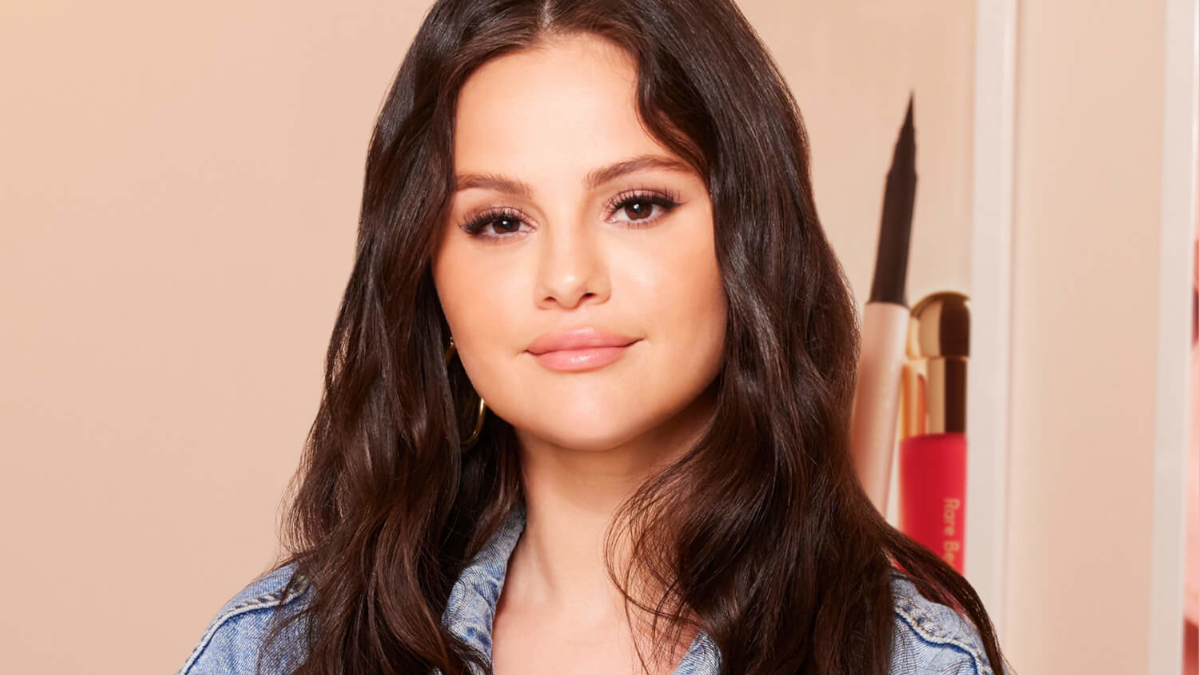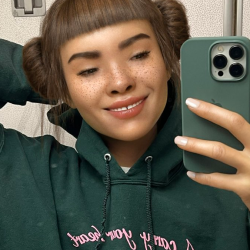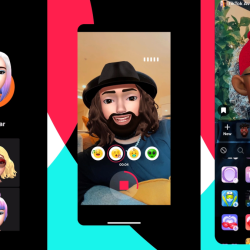Not so long ago, online avatars might have been considered a niche interest; the remit of ‘geeks’ (is that even a thing anymore?) and teenagers who should ‘get outside more’, but now, they’re everywhere. Apple has them. Facebook has them. Fortnite, Roblox and VRChat have them. And of course, there are Bitmoji on Snapchat. Like it or not, online avatars are now mainstream. If you think about it, representations of the self have actually been something we’ve been interested in as humans for thousands, if not tens of thousands of years. Figurative cave paintings are meeting the exact same need as your Xbox avatar. And of course, with representations of the self, fashion is sure to follow.
The first avatars
It is thought that the very first customisable avatar in a game appeared in 1985’s Habitat by Lucasfilm Games, where players could create and customise playable avatars. Players could choose basic details about their appearance — hairstyles, clothing and colour choices. In the almost 40 years since, customisation and fashion options have exploded. We can choose any number of digital items to adorn our avatars — from getting the latest Nike gear for our avatars on Roblox to donning workwear from Carhartt for our Snapchat avatars through Bitmoji.
There is something deliciously ironic about a brand like Carhartt, which began making workwear for railroad workers over a century ago, now making virtual clothing. And yet, if durability is one of their key product features, what could be more durable than a piece of virtual clothing? They never wear out, don’t need to be washed and don’t need to be thrown away or recycled. What’s really fascinating about avatars to me, is what they mean in terms of how we represent ourselves to the world. The metaverse hype of a few years ago promised a future where we could represent ourselves in any way we wanted. If we think about it most of the avatars we seem to create are often very close to how we look, but perhaps just 10% more attractive. They’re probably a waist size or two smaller than our real selves and their skin clearer, but more often than not they’re recognisably ‘us’. This is especially true in places where people have met our ‘IRL’ selves.
This feels like an unwritten rule — that if you’re representing your physical self and appearance, ideally someone should be able to at least recognise you from your avatar. But what about when the goal of your avatar is to keep you anonymous? What does self-representation mean in that case? Is this ‘more real’ than someone’s physical form; where they could choose exactly how they want to appear? Without getting into a debate about dualism, this offers us fascinating ways to think about what the self really is. Having done a few projects in this space over the last while, it’s been illuminating to see how much we as humans tend to cling to recognisable forms. Yes, we could be represented by anything we wanted on certain online platforms, but it seems that being trustworthy is linked to being a shape or form we know. It is expected that you should probably be broadly human-shaped or animal-shaped to be accepted.
My working hypothesis is that this is probably linked to the uncanny valley in some way — there are just certain ‘shapes’ our brains evolved to view as safe or non-threatening. And much like how that applies to robots in the case of the uncanny valley, it applies to how we see avatars online too. Further to this, it’s important to ask what fashion really is in the online space, where it is not required to perform any function and has no physical limitations. It is purely decorative. It doesn’t need to keep us warm. Nor does it even need to ‘touch’ an avatar’s body in any way. Is fashion then in its ultimate form in the online space? Very possibly, if we define it as pure self-expression.
Embracing the virtual
So, what are fashion brands doing then? How are they showing up in virtual worlds? Back in 2022, Prada, Balenciaga and Thom Browne launched products for Meta’s virtual avatar store, with all of the items going for under $10 at the time. For what are largely inaccessible brands for many of us, this is a bold move — becoming much more accessible. Time will tell if this harms these brands’ position.

Gucci has gone the other way — creating AR sneakers that you can buy as a filter for photos taken with your phone. For around $10 you can get a pair of virtual sneakers that only appear in images you take of yourself. A new take on exclusivity for sure, with arguably much less chance of developing blisters. Tommy Hilfiger is bringing it full circle, with virtual try-on mirrors in some of their stores. Since 2023, customers have been able to use augmented reality (AR) mirrors to see how clothes might fit. By leveraging 3D body tracking tech and cloth simulation, users can get a realistic sense of how clothes would look on their bodies.
Yes, excitement about the metaverse has died down, but the ideas persist — especially in the example from Tommy Hilfiger. It’s not a case of when avatars go mainstream — that’s already happened. And as we continue to blur the lines between online and offline, our ‘real’ selves and our virtual selves, we can only expect to see more of these ideas gain momentum. We’ve been representing ourselves in one way or another for thousands of years — on cave walls, in paintings, in photographs and now through online avatars. When we did so back then, we paid particular attention to our fashion choices and the way we represented ourselves to the world. We’re still the same, we just have more ways of expressing ourselves than ever before.
Featured image: Carhartt x Bitmoji
